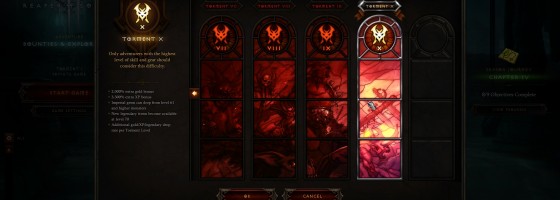For our next part talking more about playability in games, we turn to a hard (no pun intended) topic: how difficulty can be applied.
What’s Difficult About Difficulty
Difficulty, as we’ve talked about, is a multi-faceted topic that is hard to discuss. The problem is that at the end of the day difficulty is always subjective and not always the end goal of the design. What one person finds difficult could be easy for another and vice versa.
While you can certainly playtest your game to see how hard it is, thinking about a game in terms of difficulty doesn’t happen often. Usually, developers are thinking about the experience and the intended audience. For example, if you’re making a game intended for kaizo fans, then anyone who isn’t in that demographic is going to find the game too hard, but the fanbase may see it as just another game.
Drilling down further, there are different aspects of a game’s design that can add or subtract difficulty that may not work for everyone. This is often cited as the problem with across-the-game difficulty settings, and that just changing numerical values won’t help if the player is hitting a wall for another reason. Another problem is that many games obscure the differences in difficulty; making it harder (no pun intended) to know the impact.
For myself, I could not play The Legend of Zelda Spirit Tracks on the 3DS because of its use of the microphone and not being able to play music due to my allergies. If a game features drawing challenges, which I also have problems with, lowering enemy stats is not going to make my drawings any better.
It’s figuring out where the pain points and frustration elements in your game are and then solving them that is a hallmark of a great designer. Therefore some of my favorite games don’t have standard difficulty settings, but have a baseline experience and then allows the player to go further in both directions.
Dynamic Difficulty:
When most people hear the term “difficulty setting,” they immediately go with the explicit options: easy, normal, hard, nightmare, hardcore, etc. In my opinion, the best examples of using difficulty for playability are dynamic — allowing the player to personally finetune the experience in different ways.
An implicit example of this would be choosing a weapon type or build in an RPG or ARPG-type game. In the Souls series, different weapon/armor builds are noticeably easier/harder than others. Some combos are so good that expert players will ignore them in favor of making the game more challenging for them. You can also choose to summon people to help you which also greatly affects the difficulty.
A favorite example of mine is from The World Ends With You that provides more challenges and rewards for players who make the game harder, but allowing players to tweak the experience to make it easier in different areas as well. Another good one was Way of the Passive Fist – a beat-em-up that allowed for full control over various settings for playing the game to adjust the difficulty.
The player is always able to fine-tune the difficulty of the game to make their ideal experience, and is not punished in any way for doing so. That last point tends to be a part of the best examples of dynamic difficulty — allowing the player to be in control over the difficulty of the game. The important factor is that we’re not talking about adjusting stats, but how the game is played.
One final detail, for this discussion we’ve been focusing on making games easier, but dynamic difficulty can also be used for making them harder. Tightening up the reaction times for special moves, reducing checkpoints, more enemies, etc., can also be used to add challenge to a game. The World Ends With You gives you new and different rewards for playing at higher difficulties and making the game harder.
Again, it’s about understanding your design and gameplay loop to figure out areas that the player can adjust the experience for their level.
Self Service Games:
Too often developers will use difficulty settings as a one size fits all approach to game balance, but it usually leads to imbalanced games at best, to missing the point about the gameplay loop at worse. It’s the designer’s job to create as much of a balanced experience as they can, and then the player should be able to take it from there.
As I always say: It’s easy to design a game around the extremes — a story mode or super hardcore difficulty, but it takes a good designer to be able to create a balanced experience.
For our final piece on playability, we’re going to talk about assist modes and giving the player a helping hand when they need it.
Be sure to check out the Game-Wisdom Discord if you like to talk about game design topics and the industry

